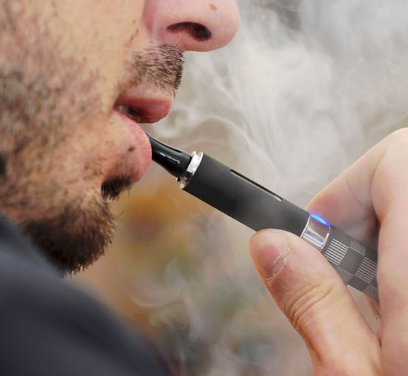Stone paper’s aesthetic is becoming highly valued both at home and abroad. Unlike traditional paper-making, stone paper’s raw materials are primarily stone, a small quantity of resin, and a few additives. All of which are created through a series of physical processes. It is more energy-efficient and environmentally beneficial than the traditional paper-making process.

So, can stone paper take the role of regular paper?
Stone paper is more environmentally friendly than traditional paper-making. The stone paper does not use water pounding or paper-making. It does not require the addition of a large number of chemical agents. As a result, it does not generate the problem of complex wastewater discharge treatment. Stone paper has a certain degree of whiteness, high tensile strength, good folding, tear resistance, water resistance, oil resistance, chemical resistance, and low temperature and humidity resistance.
Furthermore, the stone paper has a smooth surface, is resistant to mold, and is unafraid of insects. Stone paper is suitable for printing because it absorbs ink well and allows for high resolution and precision in ink printing. On the other hand, Stone paper is naturally biodegradable, making it a more environmentally responsible option than standard paper.
Stone paper, like any other material, has flaws. Stone paper has a 20-30 year life span under typical conditions. Under direct sunlight, however, the stone paper will be powdered in less than six months. As a result, the stone paper has a shorter storage time than regular paper. Stone paper cannot be utilized to store vital documents due to these qualities.
In addition to the longer storage duration, stone paper is heavier than regular paper, making binding and transporting difficult. The application range isn’t as broad as it is with ordinary paper. Stone paper is currently mainly used for printing books, newspapers, notebooks, product manuals, advertising lists, desk calendars, and playing cards. Still, it may also be used to create various products in the stone paper market, such as beautiful packaging bags, shopping bags, and packaging boxes.
Limestone and petroleum are the primary essential resources used to make stone paper. Petroleum is used to make polyethylene, cement, and other materials utilized in stone paper. Petroleum is a finite and non-renewable resource found all over the planet. As a result, the stone paper industry’s long-term development faces significant obstacles.
Traditional paper is made mainly from forestry, plants, and other renewable basic materials. It can meet the standards of sustainable regeneration as long as the country’s rational planning generates a virtuous cycle of planting, conservation, felling, and replanting.
The Stone paper industry is a technological breakthrough in raw materials and production methods compared to traditional paper-making. Due to its limited application range and non-renewable raw materials, it can only complement ordinary paper and cannot replace it.
0









